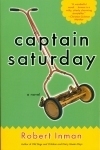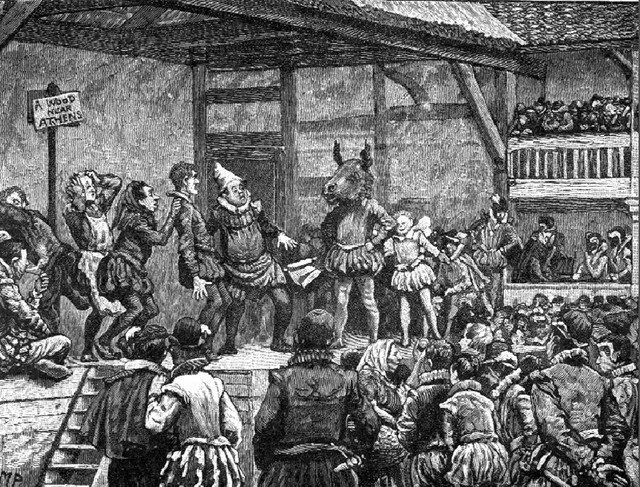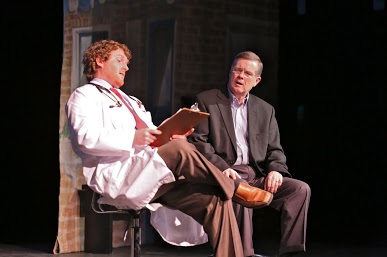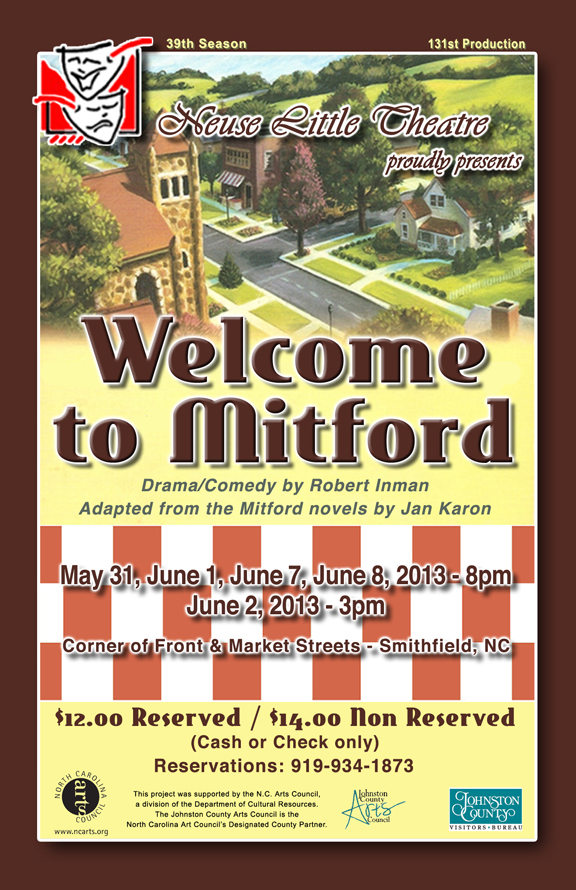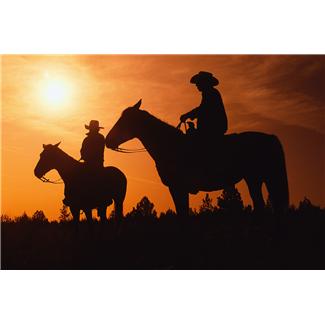Players in a Play, Warts and All
My friends and I were talking the other day about habits – particularly how, as we get older, we have to temper the habits, especially the bad ones, we once had as younger folks. The older we get, the less able we are to handle bad habits, the ones like smoking, drinking and cussing. Our bad habits don’t get us in as much trouble these days as they used to because we simply can’t handle trouble the way we used to. I think it’s a subtext of that thing called growing old gracefully.
Mark Twain
But I reminded my friends of what Mark Twain once said about bad habits. He said we shouldn’t abandon them too readily. We should keep some in reserve for the day we really need to give up something. He told the story of the woman who went to her doctor with an ailment. He advised her to give up smoking. Well, she didn’t smoke. Drinking? She never touched a drop. Cussing? She was appalled at the idea. The doctor, unable to help, sent her home and she died soon thereafter. She didn’t, you see, have anything to give up. Twain never had that problem. He smoked, drank and cussed. He always had something in reserve.
I thought about this business of habits when I was talking to a group of folks about my writing, about how I imagine characters and place them in a story. I told the folks that in order for a story to begin for me, I have to imagine one person who absolutely intrigues me – a person with energy, quirks, foibles, warts, enough rough edges to make them truly interesting. A person with some bad habits.
Once I know enough about that character to get started (never too much, because I want to discover things as we go along), then I can put them in a particular time and place, surround them with other characters, give them a compelling dilemma to deal with, and we’re off and running. Then, my job is to be honest with the characters, present them warts and all. To be, in other words, genuine.
Sometimes my characters infuriate me. Often, they embarrass me. I know from experience that they can have the same effect on my readers. The central character in my novel Home Fires Burning is Jake Tibbetts, a crusty old southern editor who says his main purpose as a newspaper man is to “keep the community’s bowels in an uproar.” He is a wonderfully maddening human being. I once got a phone call from a reader who said, “I stayed up all night with that book, and if I could have gotten hold of Jake Tibbetts at 3:00 this morning, I would have wrung his neck.” There were times in the writing of the book I felt the same way.
As a writer, I’m vitally interested in the inner life of humanity – those things that go on deep in the heart and soul, often concealed from the rest of the world, but crucial to knowing who a person truly is. As William Faulkner put it, the secrets of the human heart. There are dark and light places in all of us, and as a storyteller, I want to explore all of those places through the lives of the people who populate my tales.
One thing I promise you. The people in my stories may make you cringe, make you cry, make you furious. But they will never be dull. They will always have something in reserve to give up. Mark Twain got it right.













